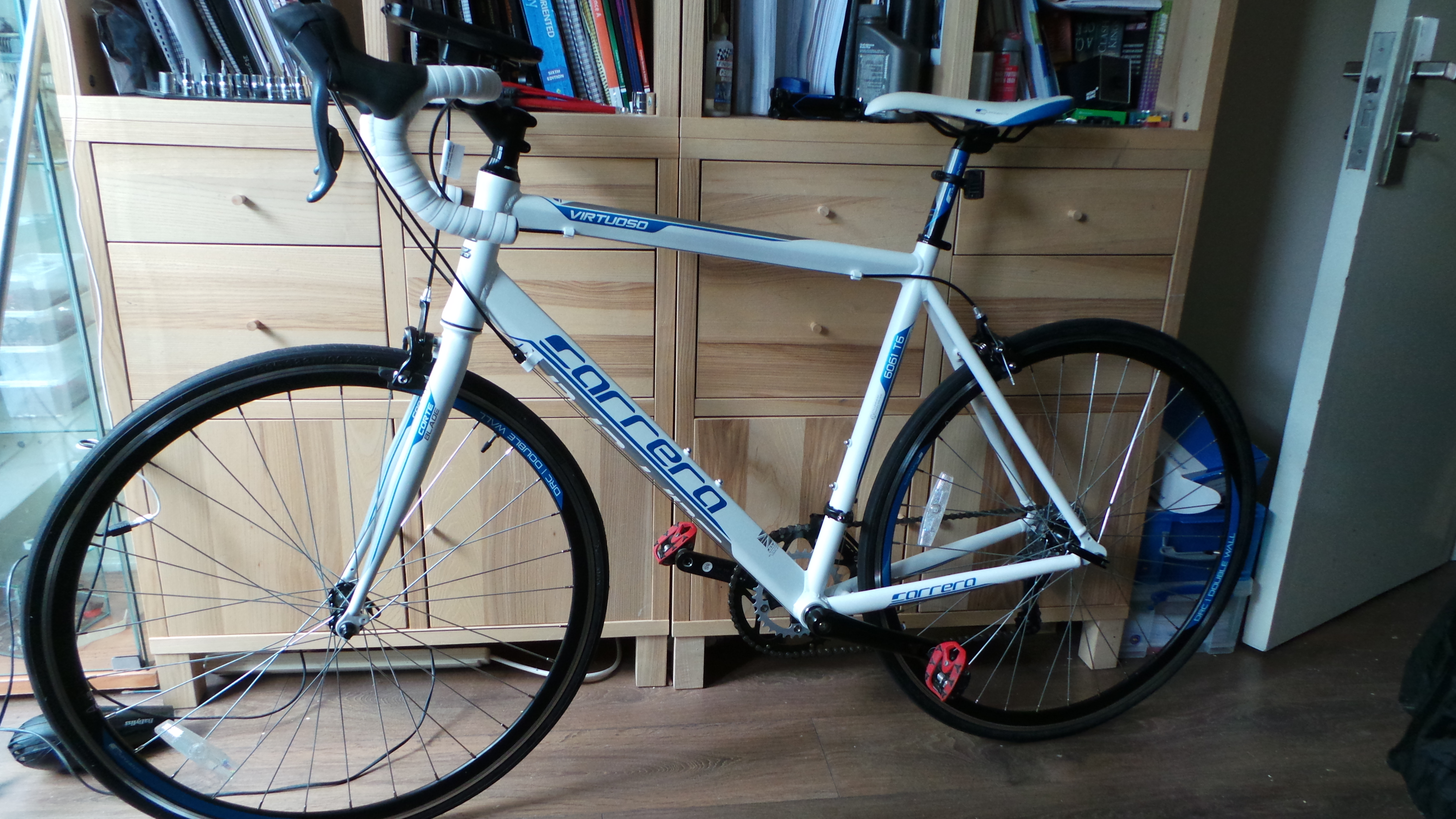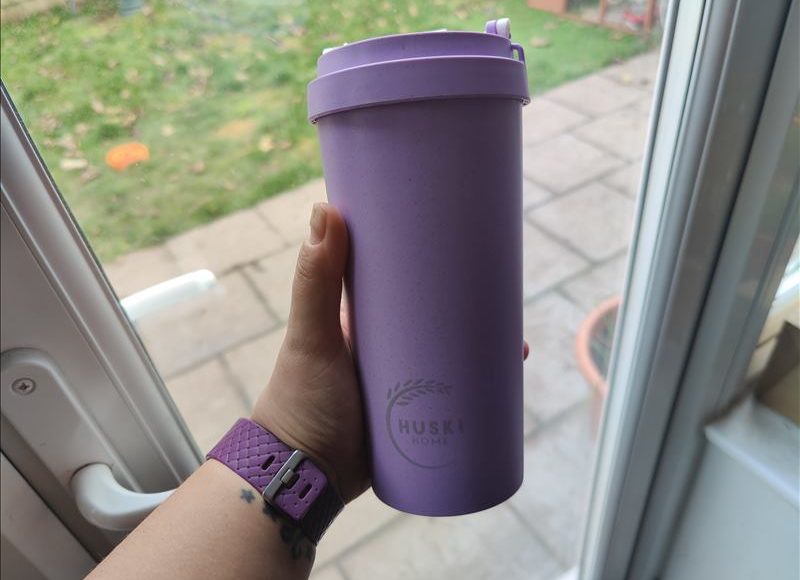Guide to Learning Styles #EvolutionofLearning

If you have worked at a company whose affiliations require a certain number of hours of CPD (continued personal development) per year you will probably know that sinking feeling when you realise that it’s nearly the end of the year and you still have hours of training to complete.
Training and learning have really come a long way, evolving from simple readings and face to face lectures to podcasts, online training courses and virtual tutors and although I enjoy keeping up with my industry making sure I log the required hours can be a bit of a task.
There are many companies out there who can help with organisational learning, like GP Strategies, but ultimately you need to understand how you learn in order to get the most out of your CPD. Everyone has a mix of different learning styles with many people leaning towards one style or another and really knowing what methods make it easy for you to learn is important. Here are the 4 most common learning styles:
Visual
Do you prefer using images, pictures, colours and maps to keep your studies organised and to communicate with others? You are probably a visual learner who can easily visualise object, plans and outcomes in your mind’s eye, with a good spatial sense which means you rarely get lost!
To help you with your training and learning use colour, layouts and spatial organisation in your studies. Use mind maps with lots of colour and images instead of text wherever possible to make it easier for your to navigate your notes and to make recalling facts easier. Visual learners may find keeping an illustrated Bullet Journal helpful.
Aural
If you like using music and sound when learning you could be an aural learner. You may have a good sense of pitch and rhythm and enjoy singing or playing an instrument. Aural learners usually have strong emotional ties to music and can identify music in the background of movies, tv etc. They can often be found humming or tapping along to a tune which pops into their heads without prompting.
If you’re an aural learner use sound, rhyme and music in your learning. Try and focus on using sounds to create association and visualisation. I definitely believe I have a bit of aural style as I associate certain songs or bands with things in my life – for example, I listened to a lot of Puddle of Mudd when I was revising for my G.S.C.Es and every time I hear one of their songs I think back to that time.
Verbal
If you find it easy to express yourself in words and writing, have a love of reading and writing and like playing on the meaning or sounds of words (tongue twisters, rhymes, limericks etc) you may be a verbal learner. People with this learning style tend to have a wide vocabulary and regularly put effort into finding the meaning of new words and use them when talking to others.
Try techniques that involve speaking and writing to help boost your learning capacity, talk yourself through notes and incorporate word-based techniques such as assertions and scripting. Using rhythm and rhyme is great for emphasising important points, or make your own jingle or mnemonic to help you remember information. Why not find a friend and role play through scenarios to help you remember.
Physical
Physical learners do best when they use activity alongside learning. They love sports but also other activities such as gardening or woodworking and use touch, action, movement and hands-on work for learning. If you prefer going out for a run or walk rather than sitting at home and thinking something through then you are probably a physical learner.
For visualisation when learning try and focus on the sensations you would expect in each scenario and use physical objects as much as possible. You may find flashcards a good way to help you memorise information because you can touch and move them around. Don’t forget than writing and drawing diagrams are physical activities so give these techniques a go!






